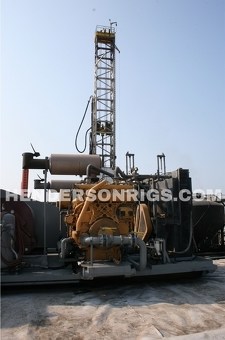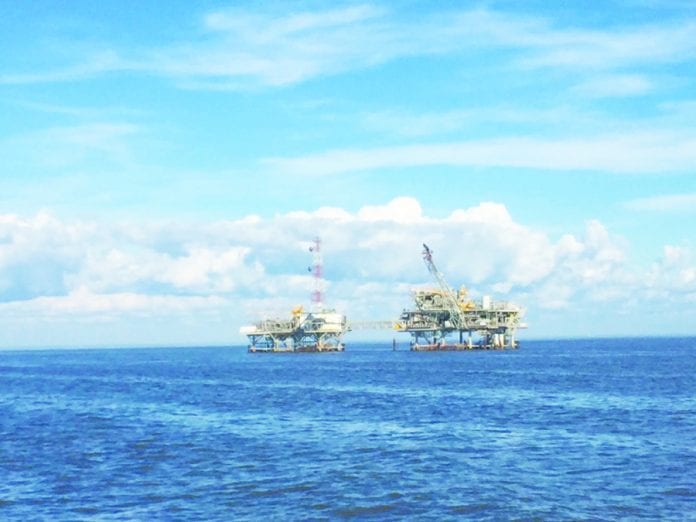Noble gets rid of five cold-stacked floating rigs - Offshore Energy Fundamentals Explained

ONGC Plans to Buy Onshore Drilling Rigs - WSJ for Beginners
for 85 crew members, Helideck: 80'x 61 ', Cap.: 9 t ranked for AS 332 ******************************************************************************************************************************************************. Offshore drilling started in 1897, simply 38 years after Col. Edwin Drake drilled the first well in 1859. H.L. Williams is credited with drilling a well off a wood pier in the Santa Barbara Channel in California. He utilized the pier to support a land rig next to a current field. By 1921, steel piers were being used in Rincon and Elwood(California)to support land-type drilling rigs.


Rigs and Equipment - Schlumberger

Seriously, UK Oil Firms Will Struggle to Find
In 1932, a steel-pier island( 60 90 ft with a 25-ft air gap )was developed mile offshore by a small oil company, Indian Petroleum Corp., to support another onshore-type rig. Although the wells were disappointing and the island was destroyed in 1940 by a storm, it was the forerunner of the steel-jacketed platforms of today. Consequently, a 9,000-ft well was drilled in 1941 in fashion similar to the California wells by usage of a wood pier. With the start of World War II, however, all overseas drilling activities stopped. After the end of The second world war, the state of Louisiana held an overseas state waters lease sale in 1945. Before the latter act, core drilling might be done only until a program of oil and gas. At that time, all drilling needed to stop and the core hole plugged with cement. The first on-water drilling The very first" on-water drilling"was born in the swamps of Louisiana in the early 1930s with making use of shallow-draft barges. Canals were, and still are, dug up so that yanks can activate the barges to areas. Later, barges were"posted"on a lattice steel structure above the barge, enabling them to operate in deeper water depths by immersing the barge on the bay bottoms. These barges typically needed pilings around them to keep them from being moved off location by winds and waves. Official Info Here , which was a conversion from an inland drilling barge, had two stability pontoons, one on each side of the barge, that hydraulically jacked up and down as the barge was immersed and drained. These pontoons offered the needed stability for this operation. The Breton Rig 20, later on called the Transworld Rig 40, was a significant action forward because it got rid of the cost
